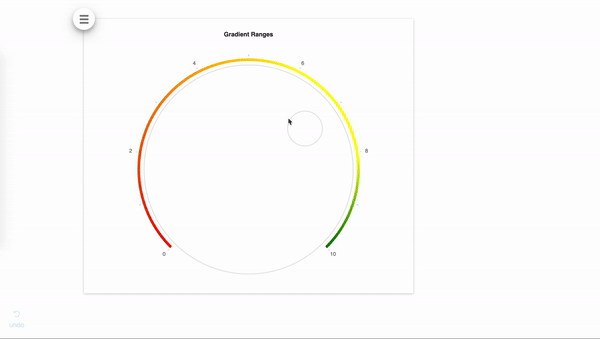Dash Draggable is a Dash component library.
Get started with:
- Install Dash and its dependencies: https://dash.plot.ly/installation
- Run
python usage.py - Visit http://localhost:8050 in your web browser
See CONTRIBUTING.md
- @SterlingButters - Lead Maintainer
- @xhlulu - Initial Work
If you have selected install_dependencies during the prompt, you can skip this part.
-
Install npm packages
$ npm install -
Create a virtual env and activate.
$ virtualenv venv $ venv/Scripts/activateNote: venv\Scripts\activate for windows
-
Install python packages required to build components.
$ pip install -r requirements.txt -
Install the python packages for testing (optional)
$ pip install -r tests/requirements.txt
- The demo app is in
src/demoand you will import your example component code into your demo app. - Test your code in a Python environment:
- Build your code
$ npm run build:all - Run and modify the
usage.pysample dash app:$ python usage.py
- Build your code
- Write tests for your component.
- A sample test is available in
tests/test_usage.py, it will loadusage.pyand you can then automate interactions with selenium. - Run the tests with
$ pytest tests. - The Dash team uses these types of integration tests extensively. Browse the Dash component code on GitHub for more examples of testing (e.g. https://github.com/plotly/dash-core-components)
- A sample test is available in
- Add custom styles to your component by putting your custom CSS files into your distribution folder (
dash_draggable).- Make sure that they are referenced in
MANIFEST.inso that they get properly included when you're ready to publish your component. - Make sure the stylesheets are added to the
_css_distdict indash_draggable/__init__.pyso dash will serve them automatically when the component suite is requested.
- Make sure that they are referenced in
- Review your code
-
Build your code:
$ npm run build:all -
Create a Python tarball
$ python setup.py sdistThis distribution tarball will get generated in the
dist/folder -
Test your tarball by copying it into a new environment and installing it locally:
$ pip install dash_draggable-0.0.1.tar.gz -
If it works, then you can publish the component to NPM and PyPI:
- Cleanup the dist folder (optional)
$ rm -rf dist - Publish on PyPI
$ twine upload dist/* - Publish on NPM (Optional if chosen False in
publish_on_npm)
Publishing your component to NPM will make the JavaScript bundles available on the unpkg CDN. By default, Dash servers the component library's CSS and JS from the remote unpkg CDN, so if you haven't published the component package to NPM you'll need to set the$ npm publishserve_locallyflags toTrue(unless you chooseFalseonpublish_on_npm). We will eventually makeserve_locally=Truethe default, follow our progress in this issue.
- Cleanup the dist folder (optional)
-
Share your component with the community! https://community.plot.ly/c/dash
- Publish this repository to GitHub
- Tag your GitHub repository with the plotly-dash tag so that it appears here: https://github.com/topics/plotly-dash
- Create a post in the Dash community forum: https://community.plot.ly/c/dash

